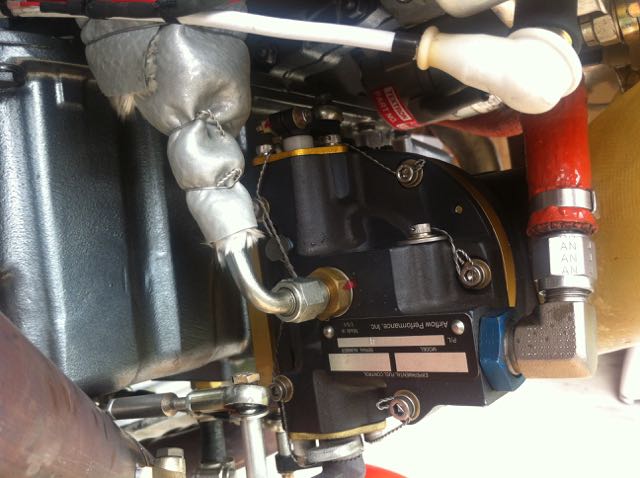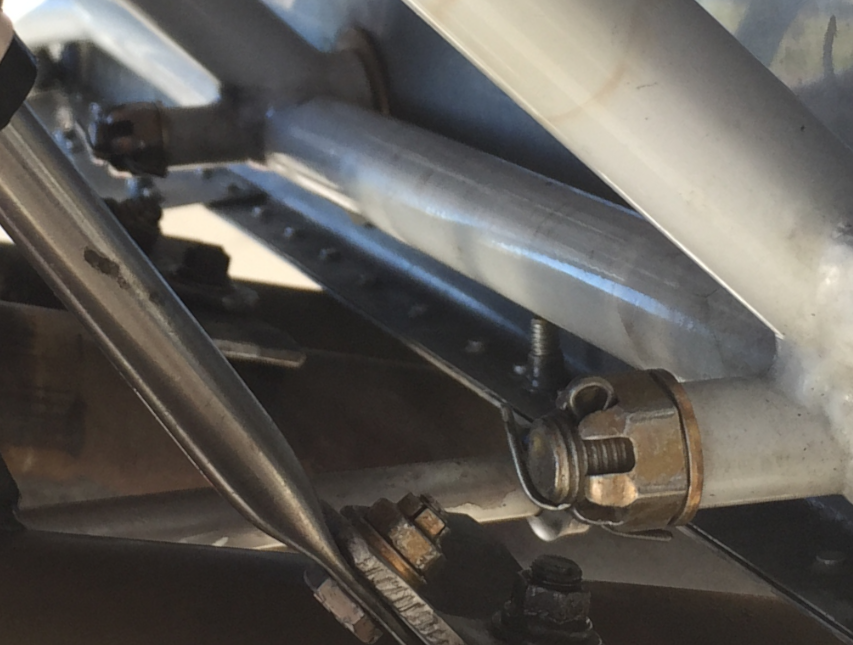TCONROY
Well Known Member
I am building an RV-7 with standard IO-360-M1B from Van's and am running into a few minor issues after installing the exhaust.
1: The sniffle valve rubber hose is pretty close to the exhaust. I am able to angle it rearward with the soft AL tubing but is this going to be an issue? Is it safe to have that soft Al tube so close to the exhaust?


2: The throttle cable (with firesleeve) is almost touching the exhaust. There isn't enough room for the heat-shield that Van's provides. I don't see how the exhaust could be adjusted to allow for more room... ?


3: For those A&P's here...what do you think of my proposed fuel flow transducer (red cube) installation? I've messed with this for quite some time and need to finish this up now that the exhaust is in place. I'm thinking of using an adel clamp to help support the flexible line at the output of the fuel servo. This adds just enough rigidity that the transducer cannot move aft, interfering with the throttle linkage. I haven't seen this done before but several folks in the hangar say its sound. I'd like the opinions of the VAF community.


Much appreciated!
1: The sniffle valve rubber hose is pretty close to the exhaust. I am able to angle it rearward with the soft AL tubing but is this going to be an issue? Is it safe to have that soft Al tube so close to the exhaust?


2: The throttle cable (with firesleeve) is almost touching the exhaust. There isn't enough room for the heat-shield that Van's provides. I don't see how the exhaust could be adjusted to allow for more room... ?


3: For those A&P's here...what do you think of my proposed fuel flow transducer (red cube) installation? I've messed with this for quite some time and need to finish this up now that the exhaust is in place. I'm thinking of using an adel clamp to help support the flexible line at the output of the fuel servo. This adds just enough rigidity that the transducer cannot move aft, interfering with the throttle linkage. I haven't seen this done before but several folks in the hangar say its sound. I'd like the opinions of the VAF community.


Much appreciated!
Last edited:






